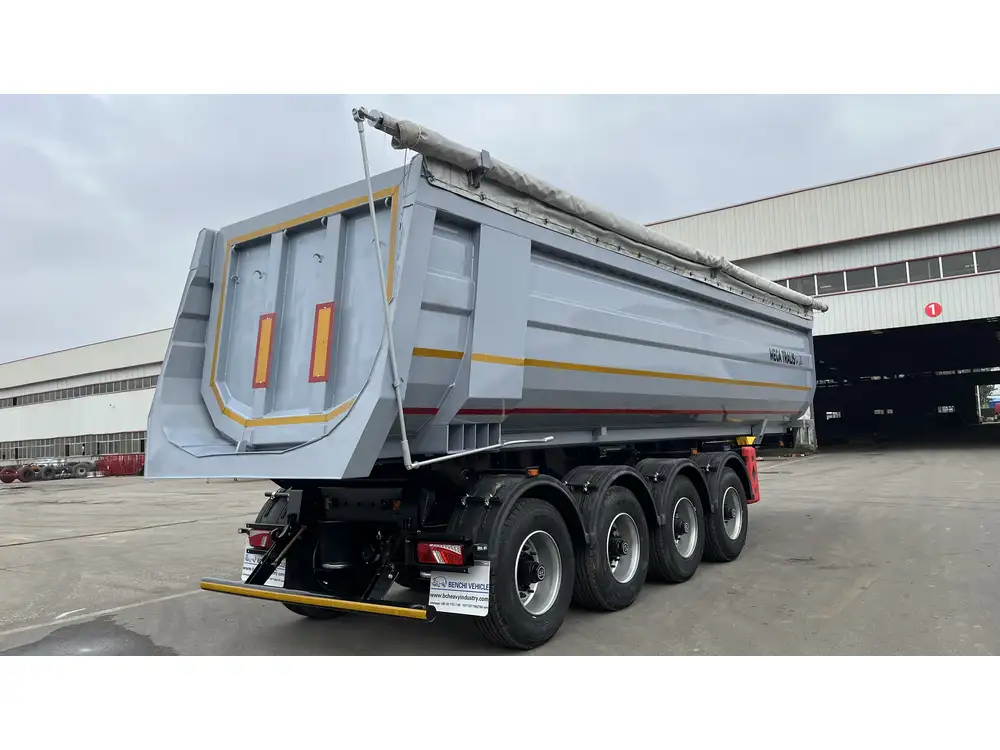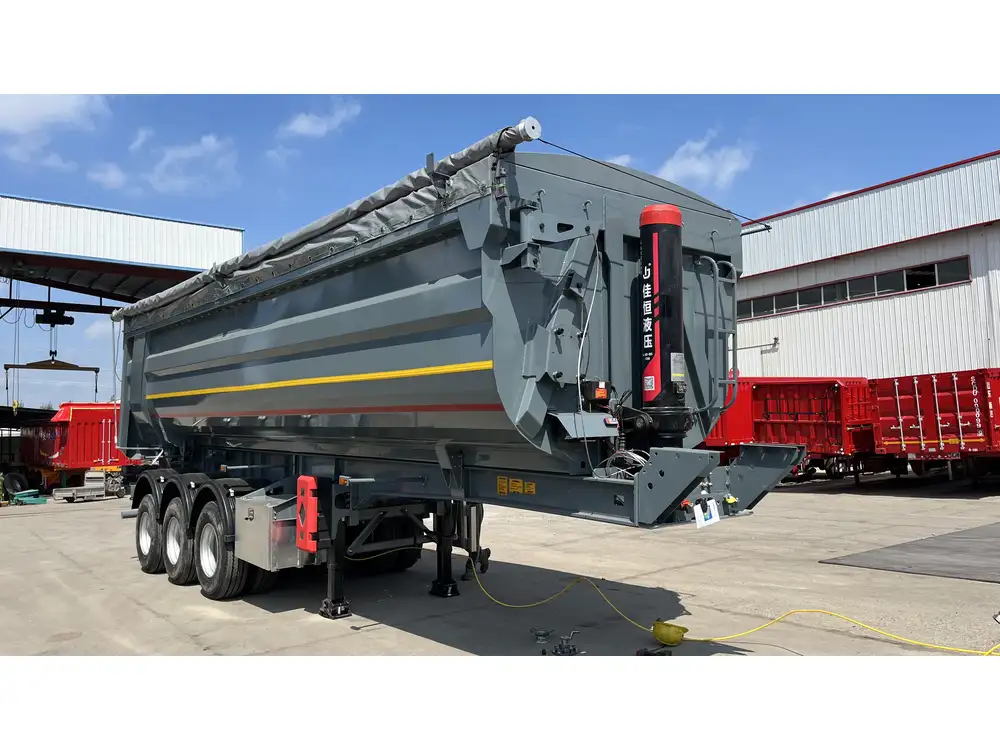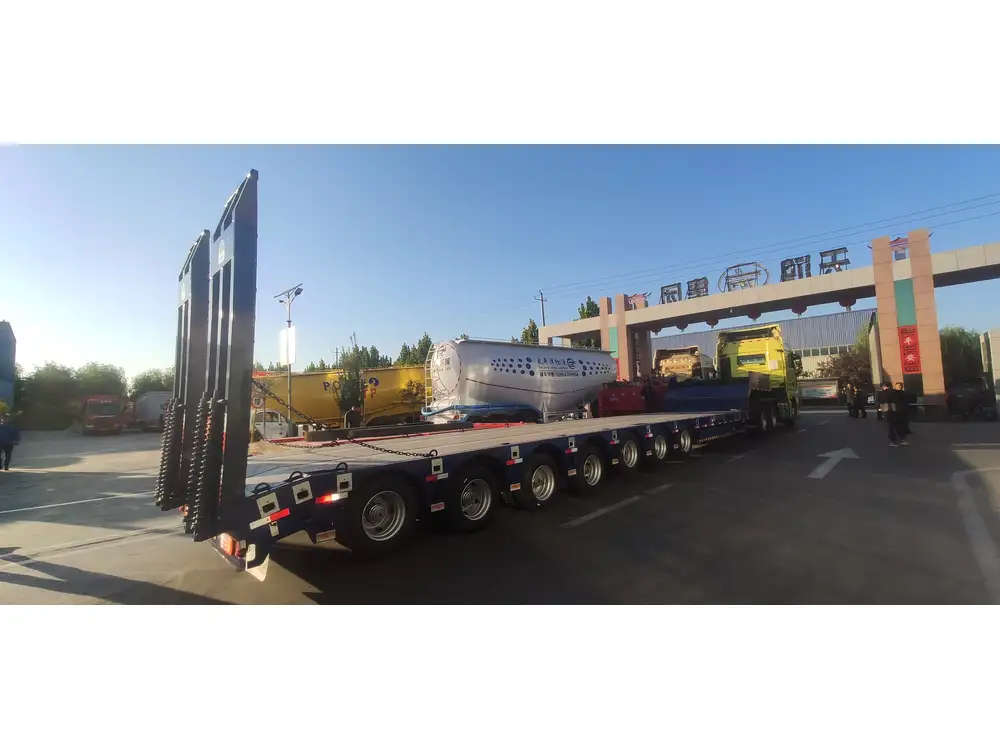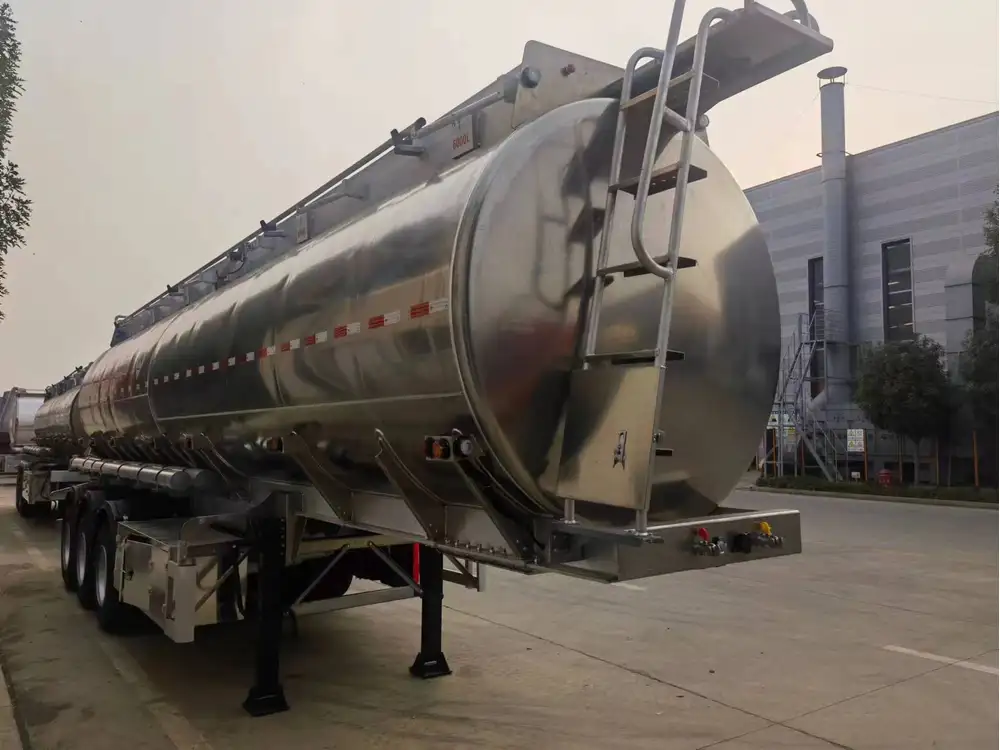Securing a vehicle on a flatbed trailer is a crucial skill for any transport professional or DIY enthusiast. This guide will walk you through the best practices for tying down a car securely, ensuring road safety, and preventing damage during transportation.
Understanding the Basics of Vehicle Transport
Transporting a car safely requires not just skill but also knowledge about the necessary equipment, tying techniques, and safety regulations. Before commencing the process, it is vital to understand the various components of a flatbed trailer and the role they play in securing your vehicle.
Key Components of a Flatbed Trailer
| Component | Description |
|---|---|
| Flatbed Surface | The main area of the trailer where the vehicle sits; flat and stable for loading. |
| D-Rings | Anchor points mounted on the trailer to which tie-down straps can be attached. |
| Tie-Down Straps | Adjustable and strong straps (often made from polyester or nylon) to secure the vehicle. |
| Winch | A mechanical device to help pull the vehicle onto the trailer if needed. |
| Rubber Tire Straps | Additional straps designed specifically for securing tires, providing extra stability and grip. |

Preparing Your Vehicle for Transport
Before tying down the car, preparation is essential to ensure a smooth and safe process. Follow these steps:
1. Choose the Right Equipment
Ensure that you have the right type of tie-down straps. Look for straps rated for the weight of your vehicle. Ratchet straps are generally recommended for their versatility and strength.
2. Assess Your Vehicle’s Position
Position the vehicle centrally on the flatbed trailer. This balance will minimize the risk of tipping during transport and ensures even weight distribution.

3. Check Your Flatbed Trailer
Inspect the flatbed for any potential issues. Ensure that all D-rings are functional, the surface is free of debris, and there are no protruding edges that could damage the vehicle.
Step-by-Step Guide to Tie Down a Car
Now that your vehicle is ready and the equipment is in place, follow these detailed steps to tie down the car effectively:
Step 1: Positioning the Car
- Drive or winch the vehicle onto the flatbed, ensuring it is centered on the trailer.
- Turn off the ignition and engage the parking brake for added safety.

Step 2: Attachment of Tie-Down Straps
Options for Strap Placement:
From Front to D-Ring:
- Route the strap through the car’s front wheels or control arms, avoiding any delicate components.
- Attach the strap to the D-ring securely.
From Rear to D-Ring:
- Using the same method, loop the straps around the rear wheels or frame of the vehicle.
- Make sure the straps are tight but not overly so, to avoid stress on the vehicle.
Step 3: Securing the Straps
Ratchet the Straps:
- If using ratchet-style straps, pull the strap through the ratchet mechanism and crank it down until snug. Make sure the strap is not twisted.
Check Tightness:
- Verify that each strap is tight enough to prevent movement but not so tight that straining occurs on the vehicle frame.

Step 4: Additional Securing Techniques
To enhance stability and reduce the risk of swaying during transit:
Add Cross-Strapping:
- For additional security, use an “X” configuration with the straps. This method crisscrosses from one side of the car to the opposite D-ring, significantly improving stability.
Incorporate Rubber Tire Straps:
- Slide rubber tire straps over the tires for added grip. This method prevents any sliding that may occur solely from the tie-down straps.
Step 5: Final Inspection
After securing, perform a thorough inspection:
Check All Straps:
- Ensure no straps are frayed or damaged and are securely fastened to the D-rings.
Inspect for Movement:
- Tug gently on the straps and the vehicle itself to ensure there is no movement. Any noticeable slack should be adjusted immediately.
Common Mistakes to Avoid
Despite thorough preparation, mistakes can occur resulting in accident-prone situations. Here are common oversights and how to avoid them:

1. Using Equipment Rated Below Capacity
Using tie-down straps that are not rated for the weight of the vehicle can lead to strap failure. Always check manufacturer’s specifications.
2. Neglecting to Double-Check the Securement
After securing your load, it’s critical to re-examine the setup and secure it properly. Revisit the connection points and adjust straps for optimal security.
3. Incorrect Strap Placement
Placing straps on unsecure areas or sensitive parts of the vehicle can result in damage. Always use the manufacturer-recommended tie-down points when available.

Legal Considerations and Safety Regulations
Familiarize yourself with legal regulations pertaining to transporting vehicles in your area. Many states have specific requirements regarding:
- Tie-down methods
- Strap types
- Load distribution
Ensure compliance to avoid fines and ensure safe travel.
Conclusion: Ensuring Safe Transport
Securing a vehicle on a flatbed trailer is a crucial operation that demands attention to detail and adherence to safety protocols. By following these steps and recommendations, you will ensure a safe and secure transportation experience for your vehicle.
Summary Checklist for Tying Down a Car on a Flatbed Trailer
| Action | Details |
|---|---|
| Select appropriate straps | Rated for vehicle weight |
| Center vehicle on flatbed | Ensure balance and stability |
| Engage parking brake | Prevents vehicle rolling |
| Ratchet straps securely | Tighten without overstraining |
| Inspect tie-down setup | Check each strap before departure |
By understanding and implementing these best practices, we can confidently transport vehicles across distances without fear of damage or loss. This guide serves not only as a resource but also as a reminder of the importance of safety, attention to detail, and proper preparation in vehicle transport logistics.



